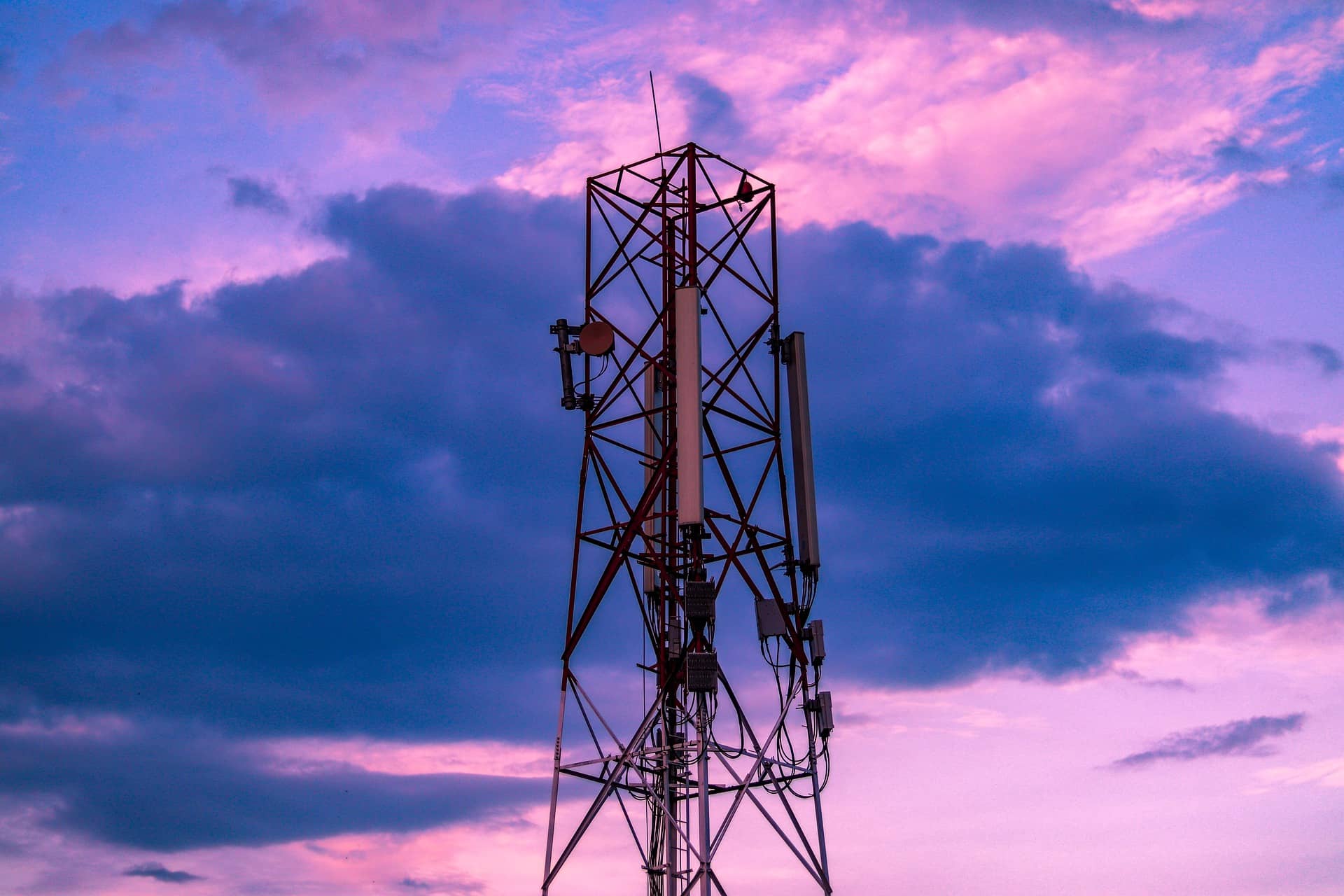A 2015 United Nations report estimated that every year, an average of 60,000 people and $4 billion USD in assets are exposed to the global tsunami hazard, which can be triggered by certain types of undersea earthquakes or volcanic eruptions. Over a number of decades, various countries have deployed dedicated tsunami warning systems, like floating buoys, to augment land-based seismic detectors.
Seismic waves travel 20 to 30 times faster through the earth&’…
A 2015 United Nations report estimated that every year, an average of 60,000 people and $4 billion USD in assets are exposed to the global tsunami hazard, which can be triggered by certain types of undersea earthquakes or volcanic eruptions. Over a number of decades, various countries have deployed dedicated tsunami warning systems, like floating buoys, to augment land-based seismic detectors.
Seismic waves travel 20 to 30 times faster through the earth’s crust than a tsunami wave, so if they can be detected and localized, it should be possible to determine which coastal areas are at risk and send early warnings. We need detectors in as many locations as possible because, for every 200-km distance between the earthquake’s epicenter and the point of detection, there is an additional one-minute delay to a potential warning.
This is where submarine communication cables can play a part. Initiatives are underway by the Joint Task Force, Science Monitoring And Reliable Telecommunications (JTF SMART) to promote the inclusion of dedicated seismic detection and environmental monitoring sensors in the next generation of submarine cable repeaters. But new cables are deployed at a relatively low rate of perhaps 20 to 30 per year. In contrast, there are hundreds of existing long-distance submarine cables deployed around the world – can something be done retroactively with these cables to turn them into seismic detectors?

As the diagram shows, seismic events cause measurable effects in the state of polarization (SOP) for a given data wavelength on the cable. Modern transponders are specifically designed to eliminate this “background noise,” but they could also be programmed to identify unexpected SOP disturbances. Moreover, submarine cables can be many thousands of kilometers in length, so how can we determine where along the length of the cable the seismic effect is felt most strongly?
Every 50 to 100 km along a submarine cable there are optical amplifiers, which are often configured with a passive filter device called a Bragg Grating that reflects back about 1% of one specific wavelength – usually 1561 nm. By adding a measurement transponder at the ends of the cable operating at this wavelength, it is possible to isolate where the seismic effect is felt most strongly to the granularity of the amplifier spacing – the lower left of the diagram shows the head of the “wave” peaks at Amplifier 104. For this system to deliver the most benefit, the responses from as many cables as possible could be correlated to allow triangulation of the epicenter and thus provide data for early warnings.
Work on this exciting new approach is ongoing, with Google playing a particular role in offering their cables as test beds and developing open-source signal analysis software. As a leader in subsea optical transmission infrastructure, Infinera is an active collaborator in this area. At OFC 2022, Infinera and Google presented the results of work done on the Curie cable system in the Pacific Ocean, with additional work on seismic detection under development.
Also in the news:


